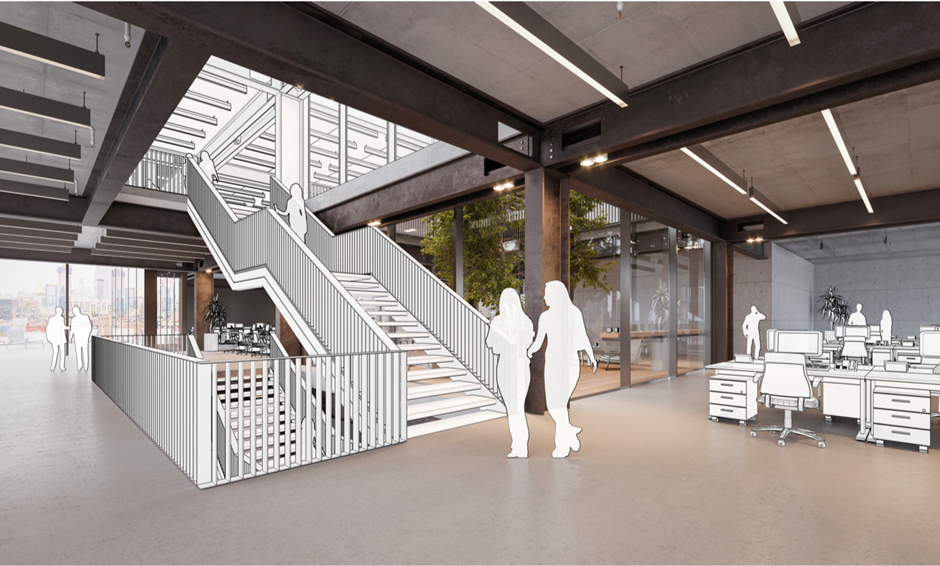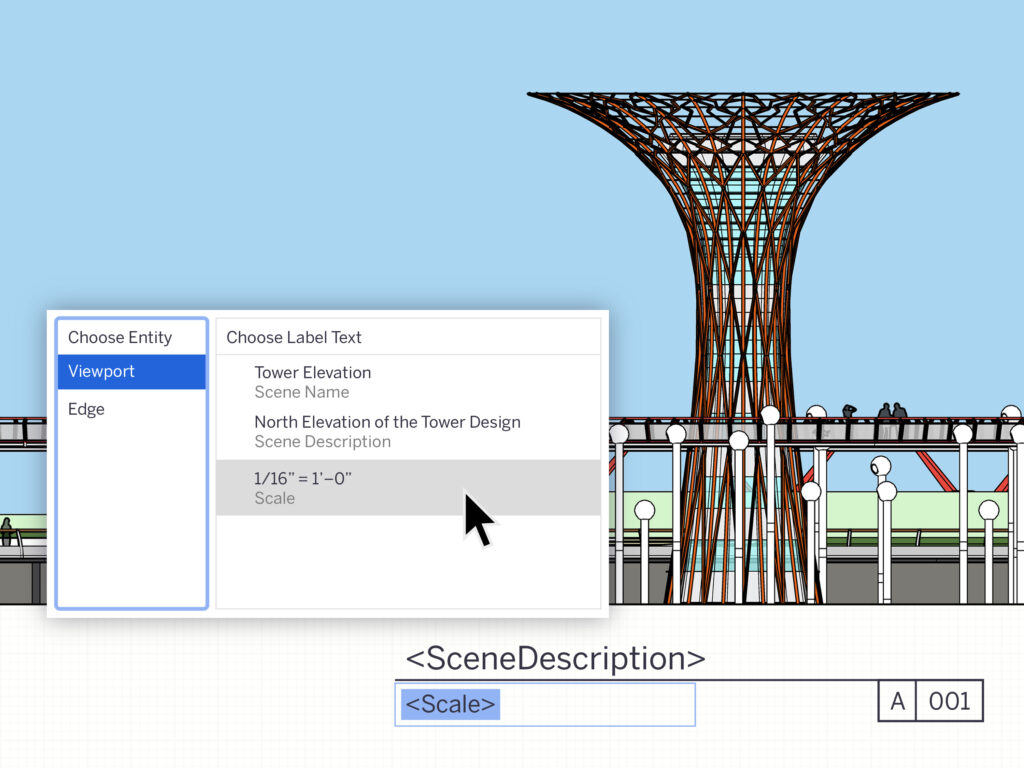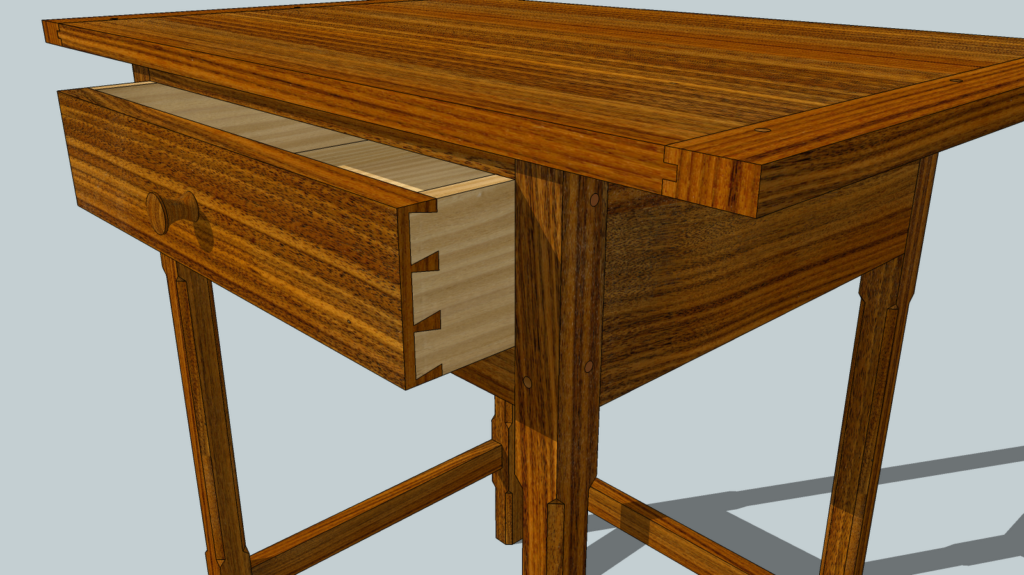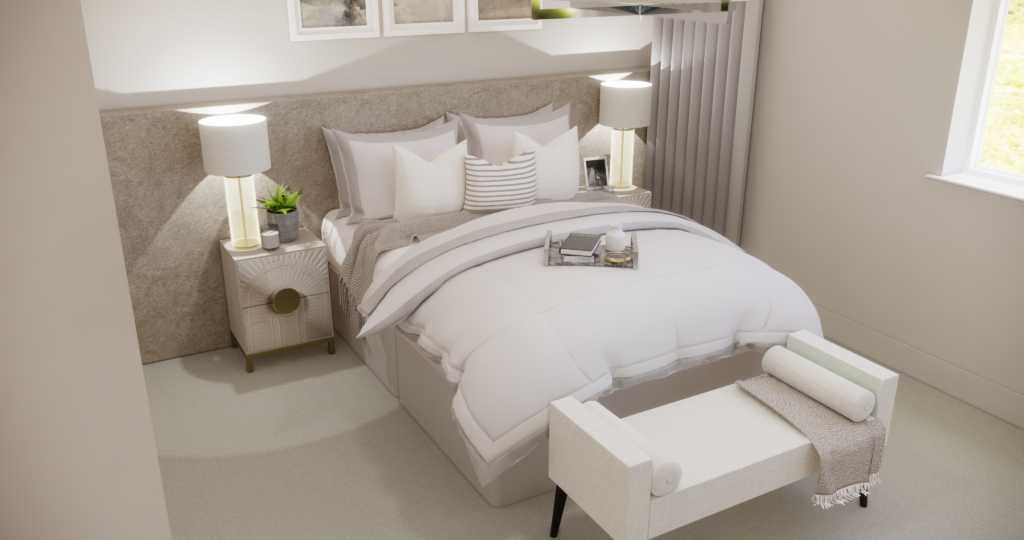
Hi Mackenzie, thanks for joining us!
Hello! My name is Mackenzie, and I have my own Interior Design business Mackenzie Paige Interiors. My business started in 2020 and I’m thrilled to say that it has gone from success to success – through lots of hard work! Creating a business in lockdown was a great experience for me. I offer a variety of Interior Design services to clients, from hourly advice to complete re-designs, and SketchUp plays a large part in the majority of my work. Being able to create 3D designs are models for clients has made a huge difference to the customer experience and my ability to create great concepts for them.
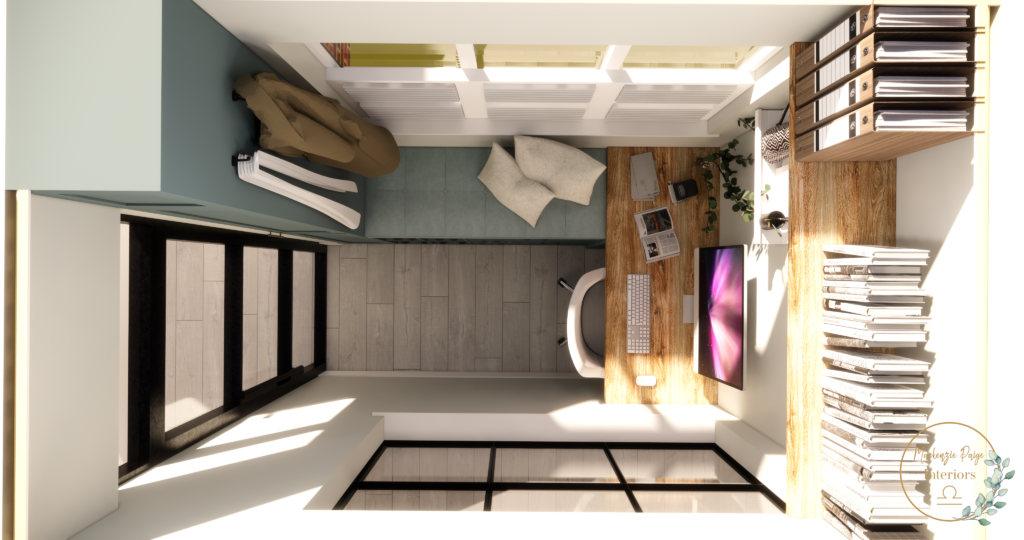
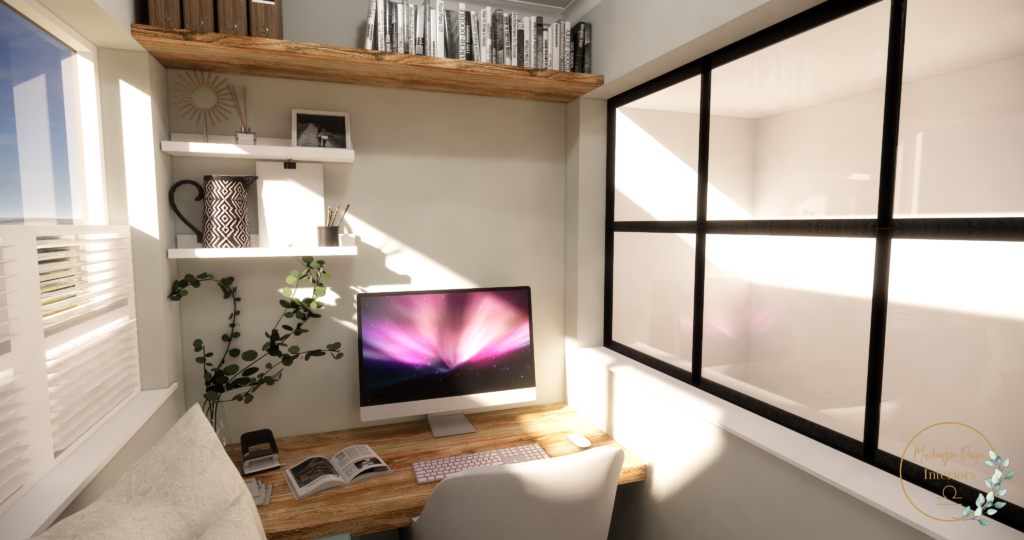
Being able to use Enscape and SketchUp to create ultra-realistic designs helps bring my clients ideas to life before work begins.
So, when did you start using SketchUp?
I started getting to grips with SketchUp after completing my degree in Interior Design. I feel that SketchUp is the perfect tool to help me convey my design ideas to my clients and it was simple to start using and pick up skills as I went along!
Once you get to grips with the system and how to use it, it is a straight forward and quick way to create designs without the faff and complexities of other more intricate software’s. Using Sketch Up alongside the rendering software I am able to create stunning, realistic visuals. It also helps me to map out and ensure all measurements of items that I want to include work within a space – before I even start to make the models look pretty!
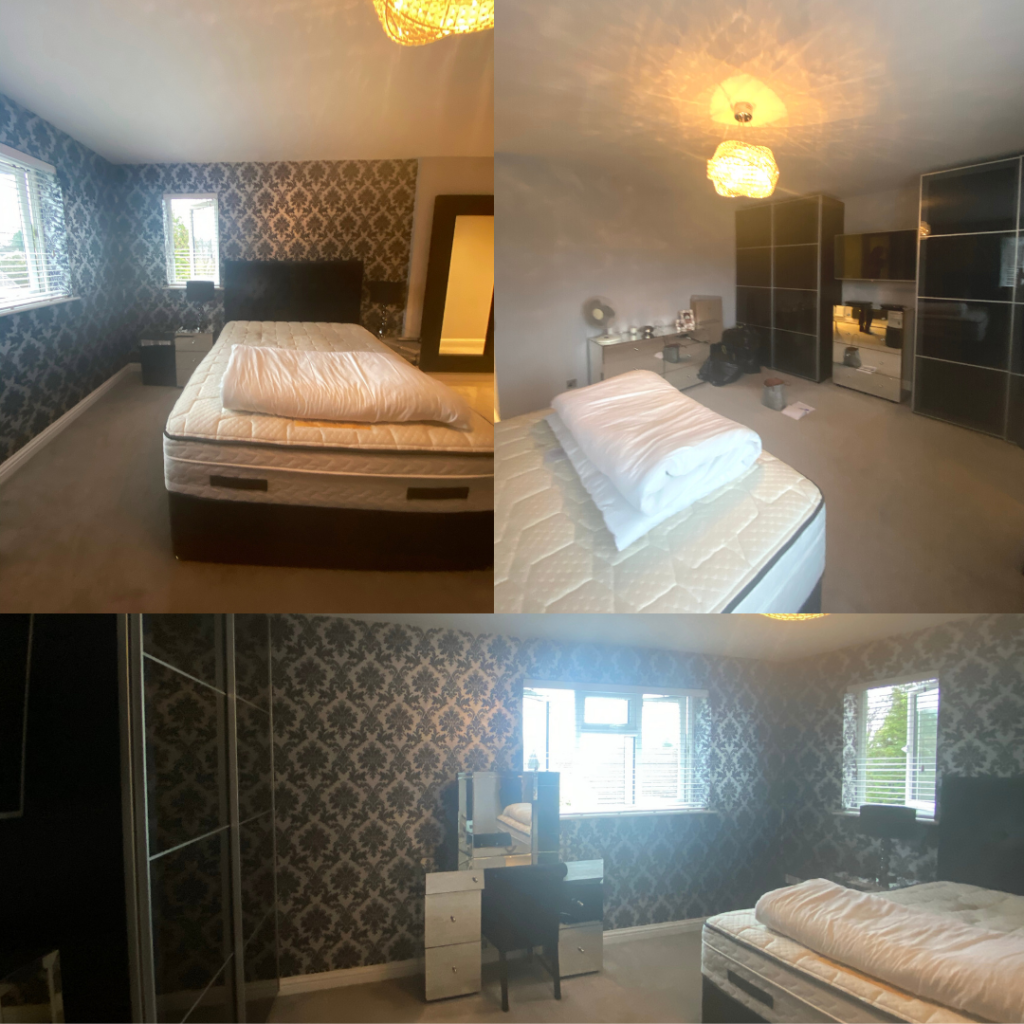
Taking before photos allows me clients to really see the transformation at the end of a project. It gives me such fulfillment when I can look at the before and after.
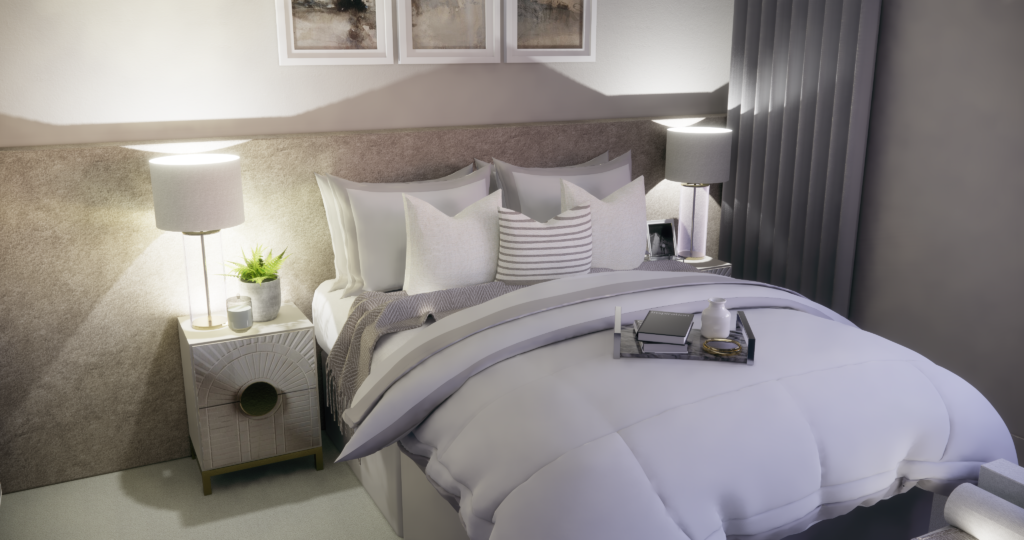
Creating interior design concepts is so simple in SketchUp and Enscape. I love it!
I use a couple of extra extensions with SketchUp. I use Enscape to do my rendering – it’s such a great software to use and like anything, at first I struggled to get to grips with it, but now I wouldn’t be without it! The quality of the renders, how quick it works, the inventory of items and all the effects that you can do on it are mind blowing.
I also use SU Podium Browser for additional items to add into my model that Enscape or the SketchUp Warehouse don’t have – I’ve found this invaluable when looking for digital items to represent actual items that I’ve recommended to clients for their design models.
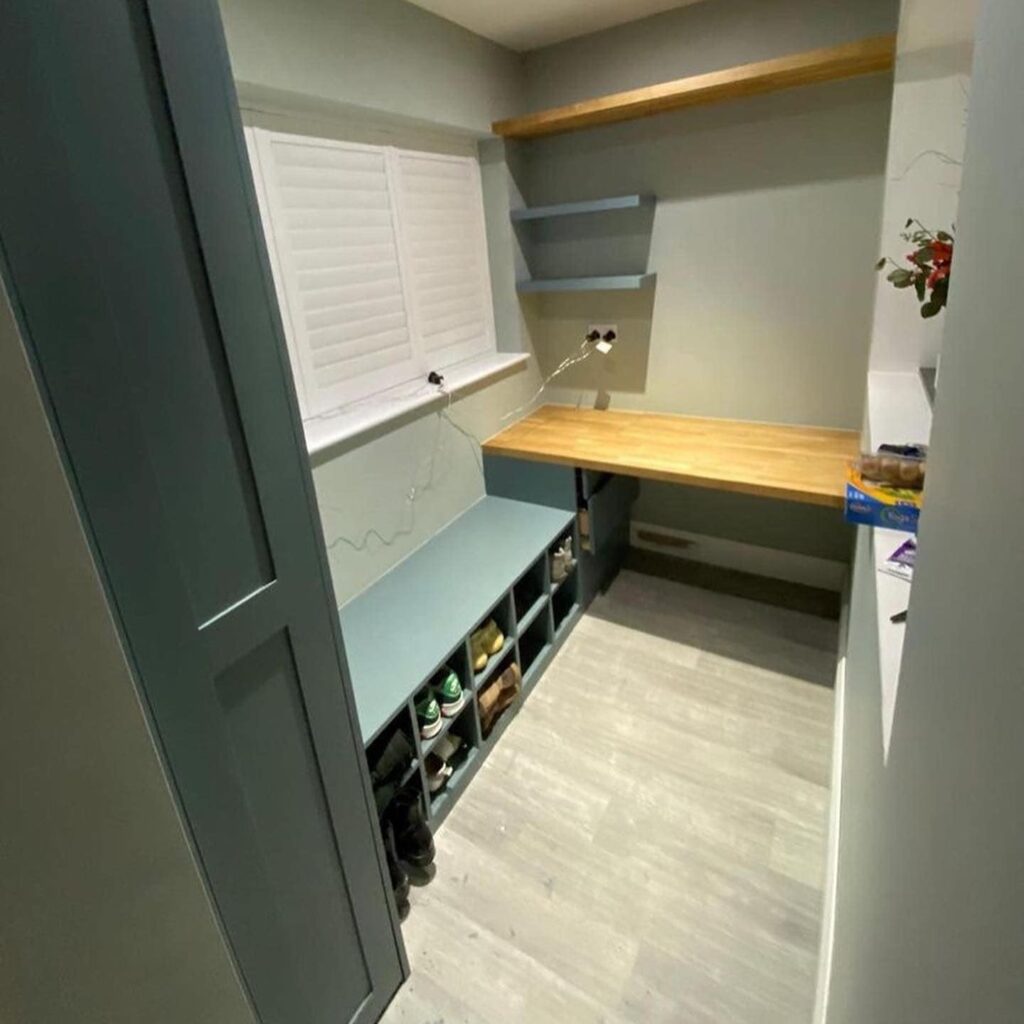
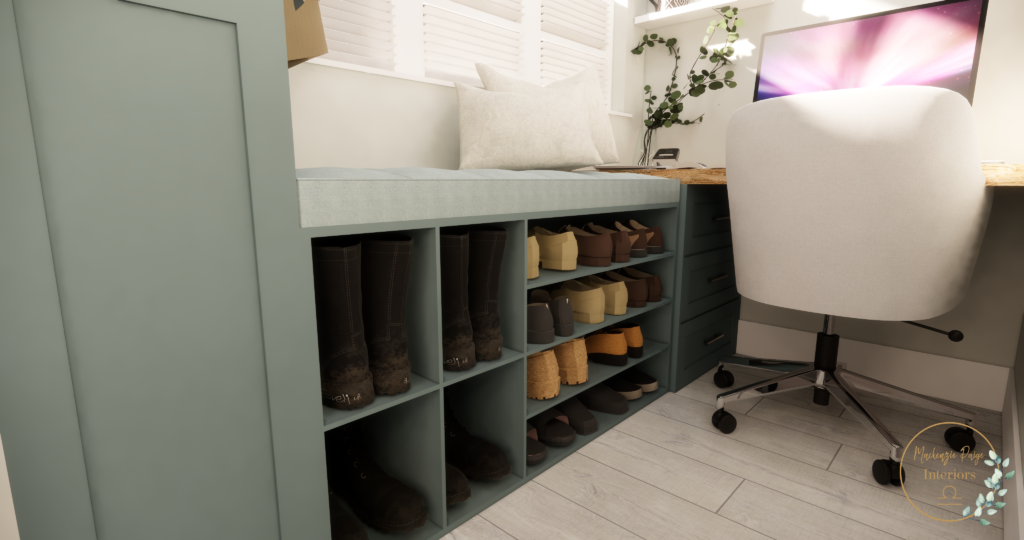
Taking photos throughout the process and comparing them to our render designs helps the client and us to stay on track during the build.
I’d say to anyone who is tempted to get Sketch Up but isn’t sure, to go for it. Once you understand the controls and how to use the software it really is an amazing tool to have when you’re in the industry. It will provide you with invaluable resources to help convey your designs or concepts to clients. With the free SketchUp available too, there is no harm in having a play before committing to the Pro package!
To see more of Mackenzie’s work, 3D modelling designs and renders, you can find them on social media here:
So who is Mackenzie?
Our brand new SketchUp top trumps give you a speedy breakdown and the 411 on everything you need to know about Mackenzie…
From where he calls home in the digital design space, to his secret SketchUp power, you’ll find the ins and the outs of her SketchUp Journey here…
If you want to have a personalised SketchUp top trump made for you, email us at marketing@elmtec.co.uk and let’s get the ball rolling!
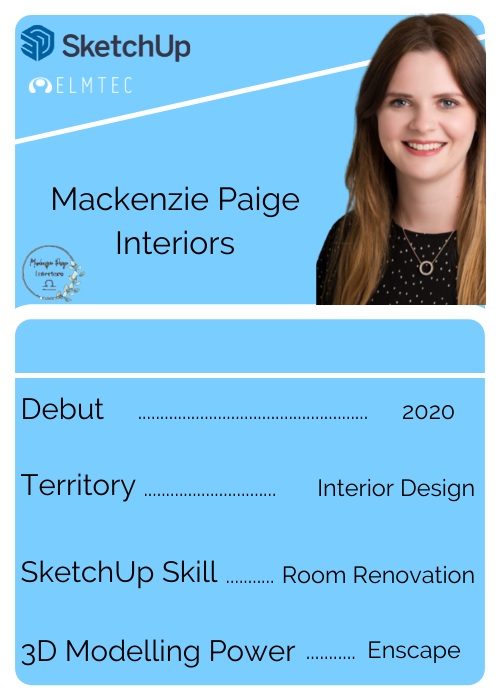


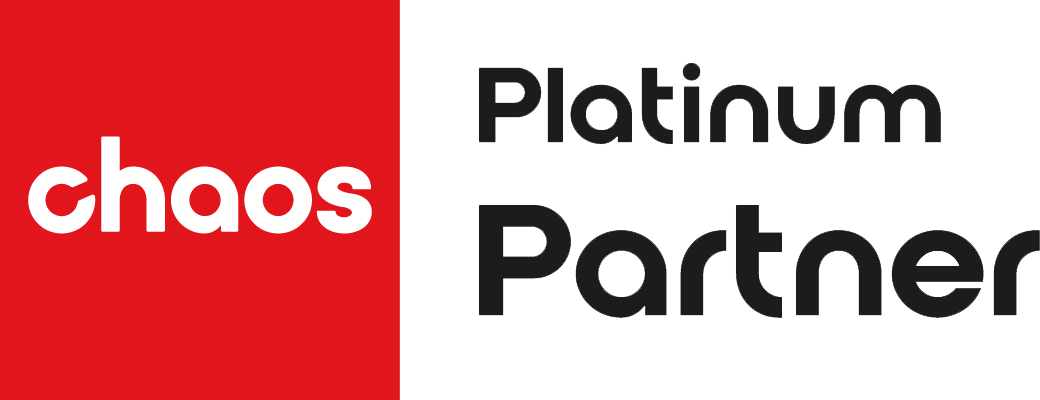
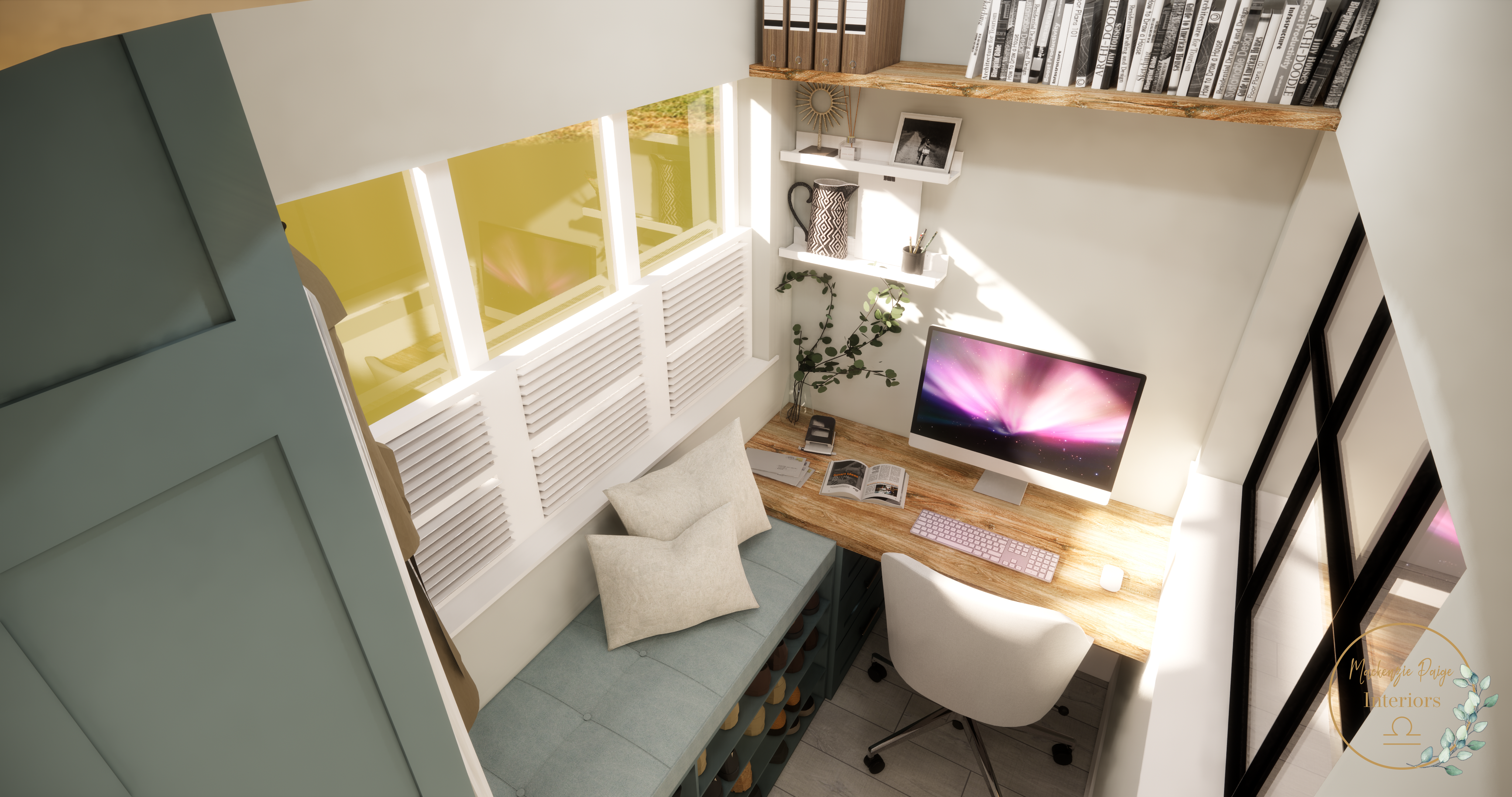

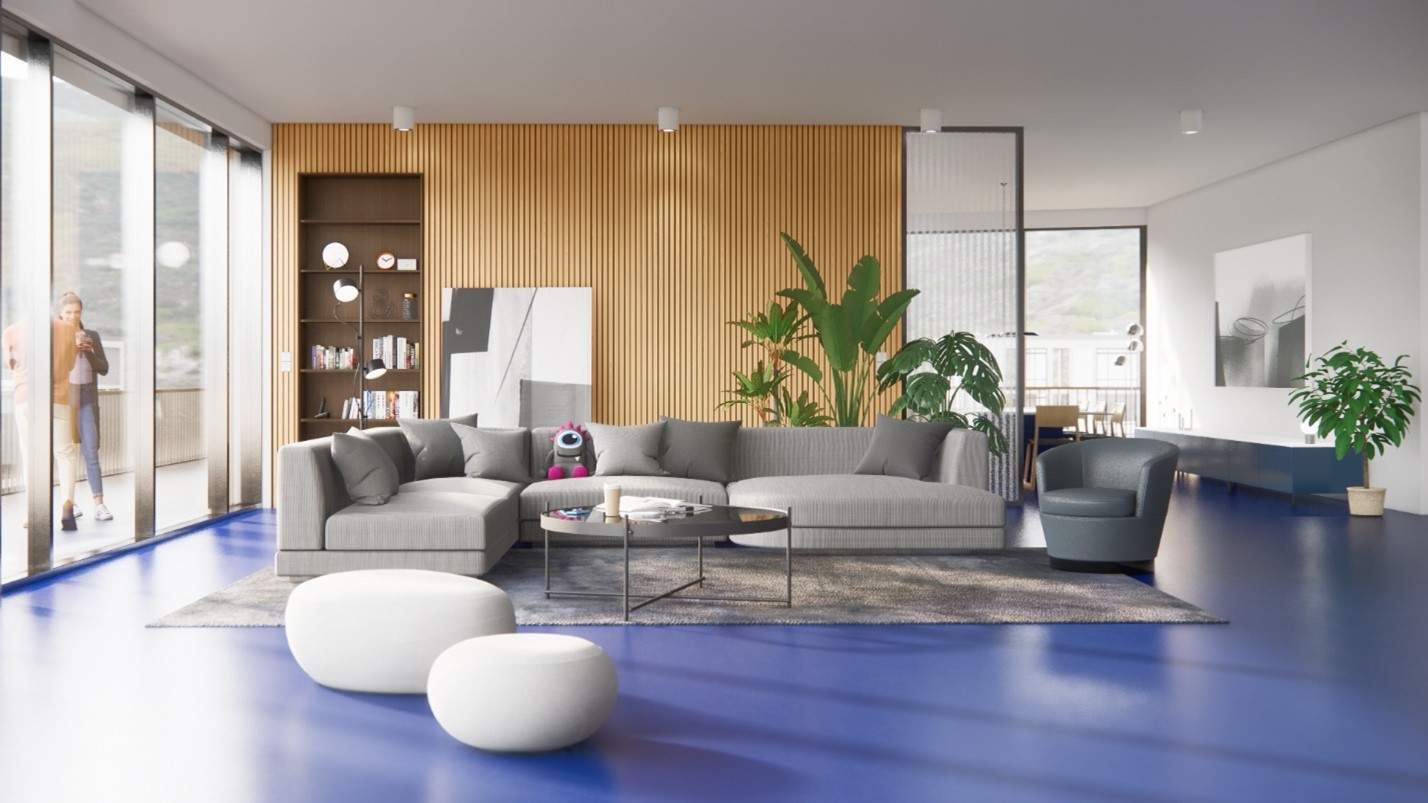
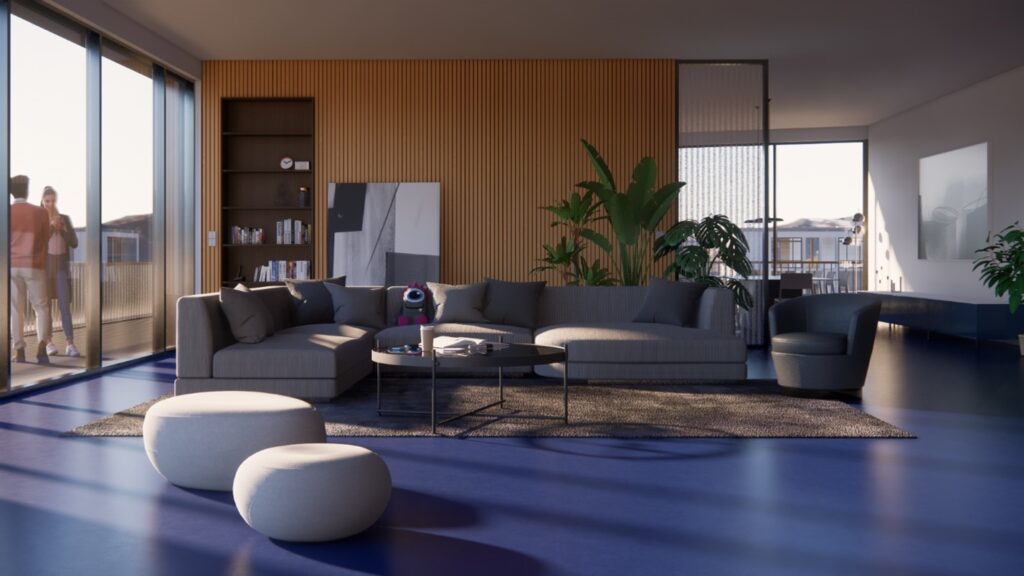


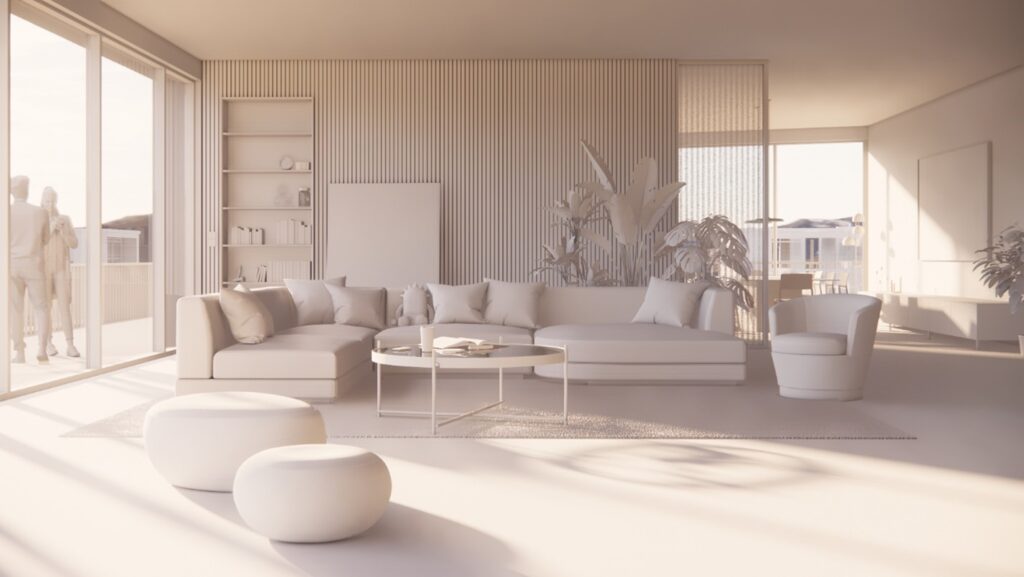
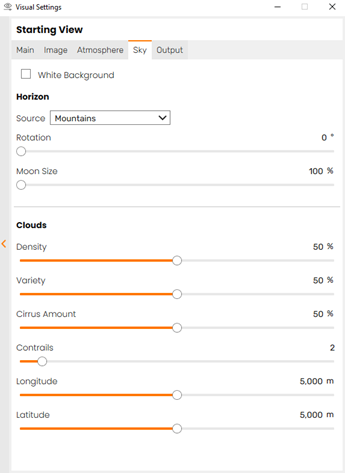
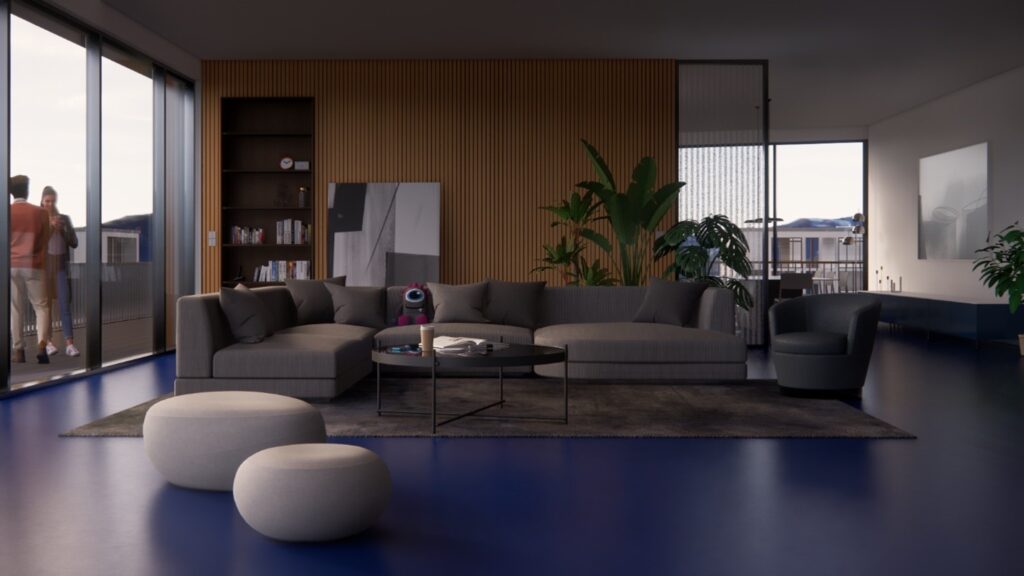
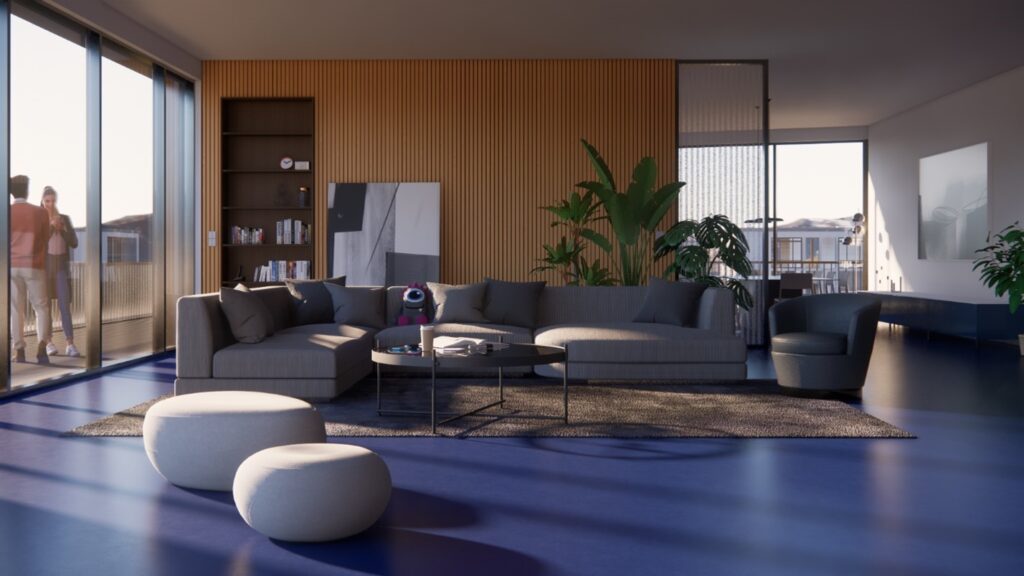






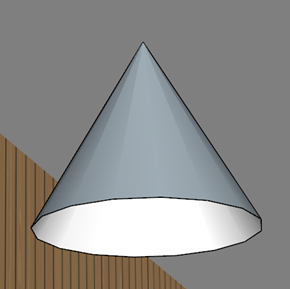
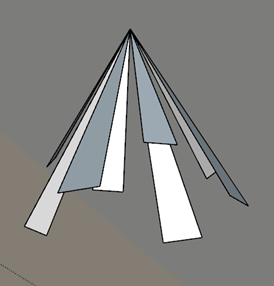
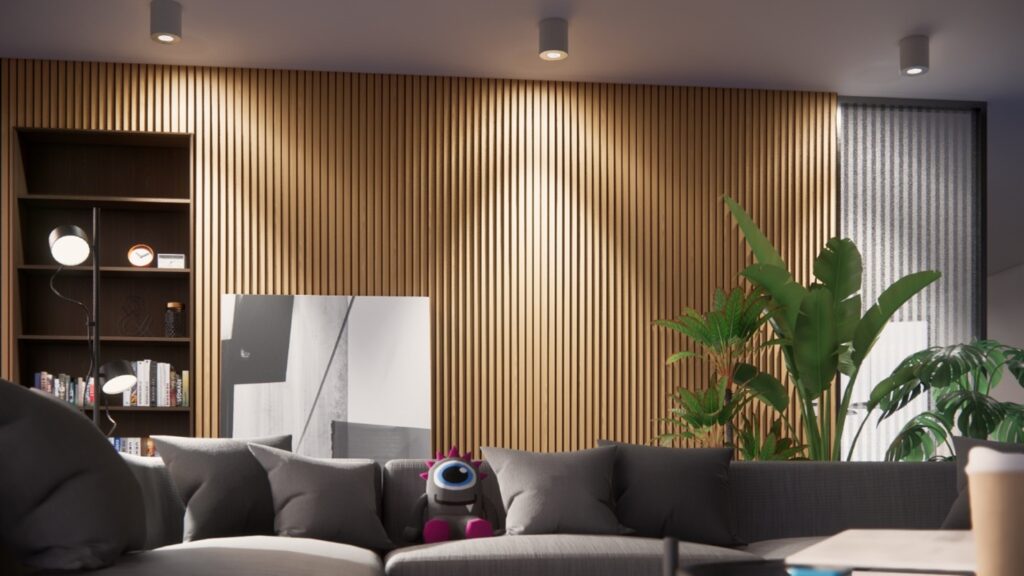


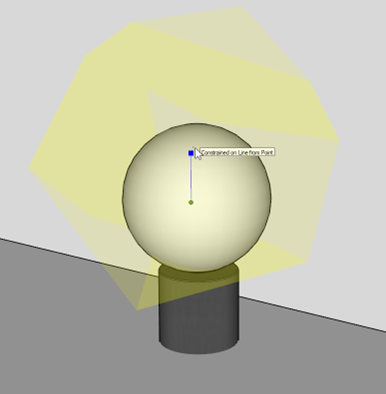
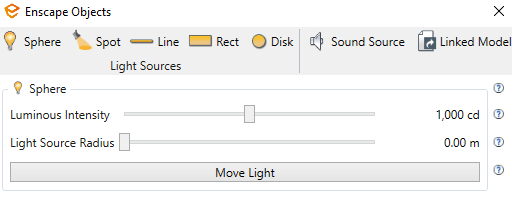
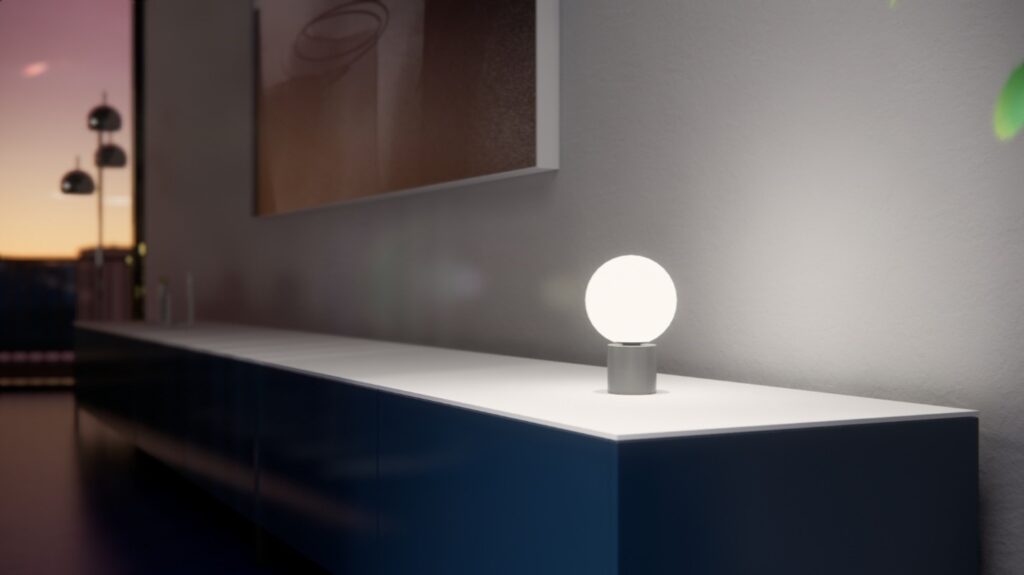




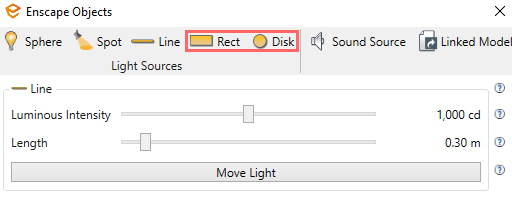
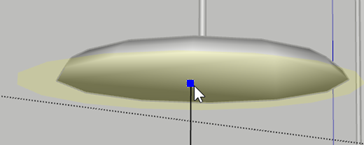
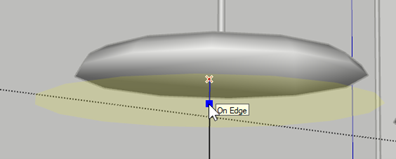
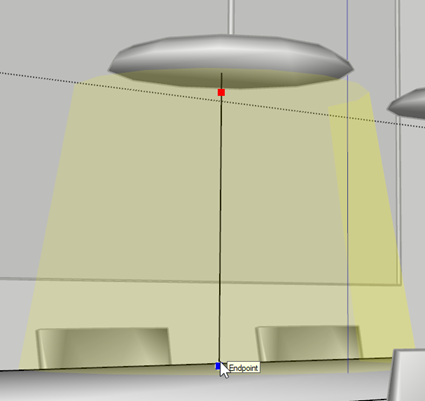

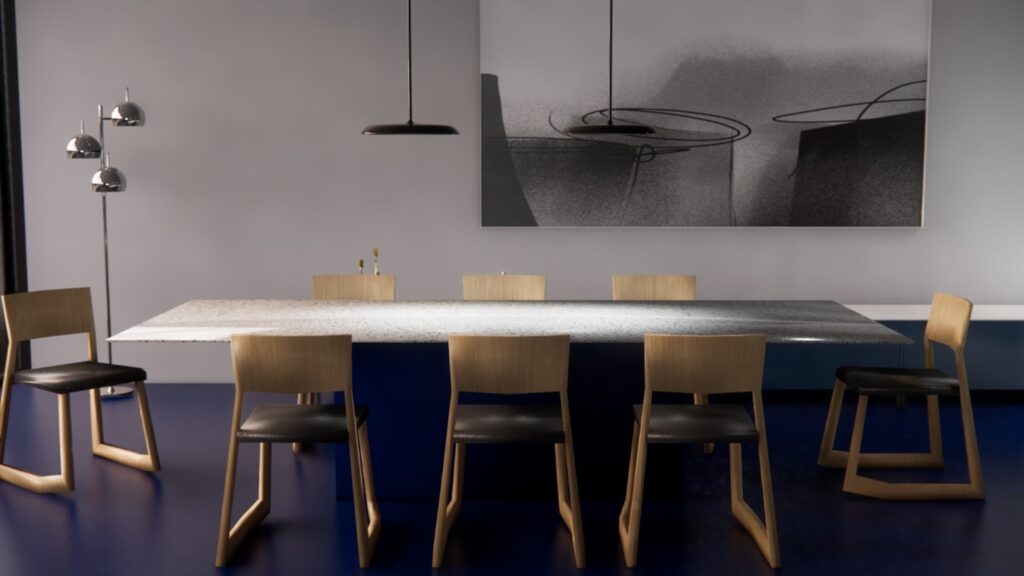
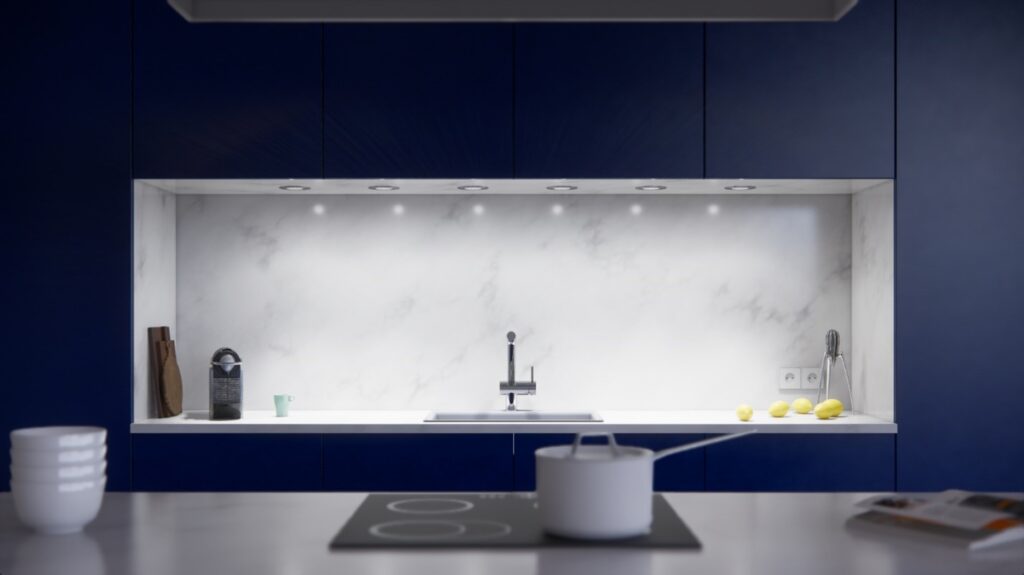
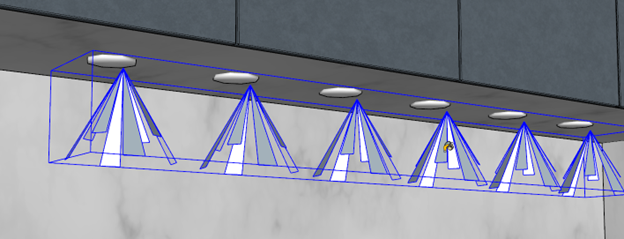
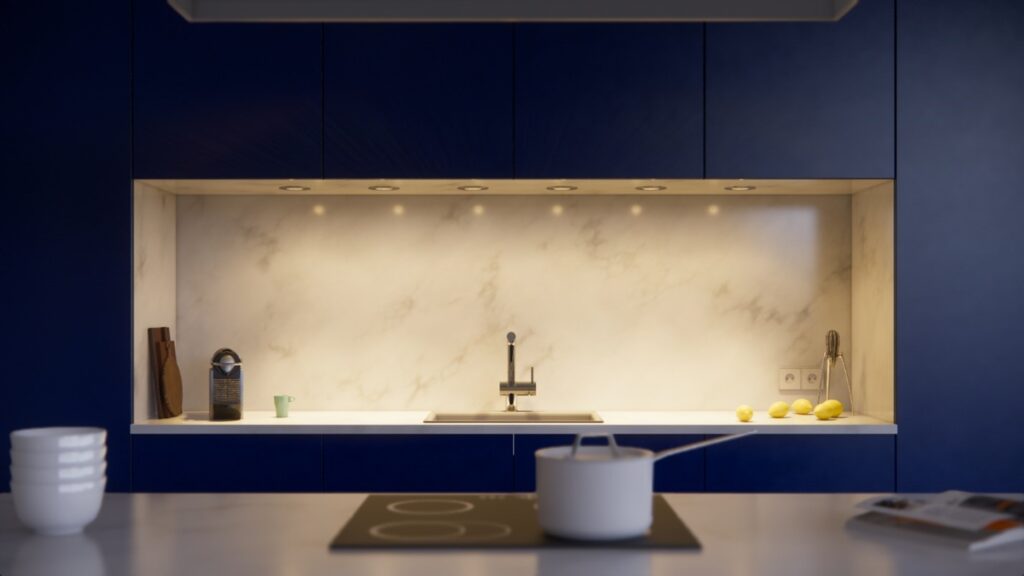

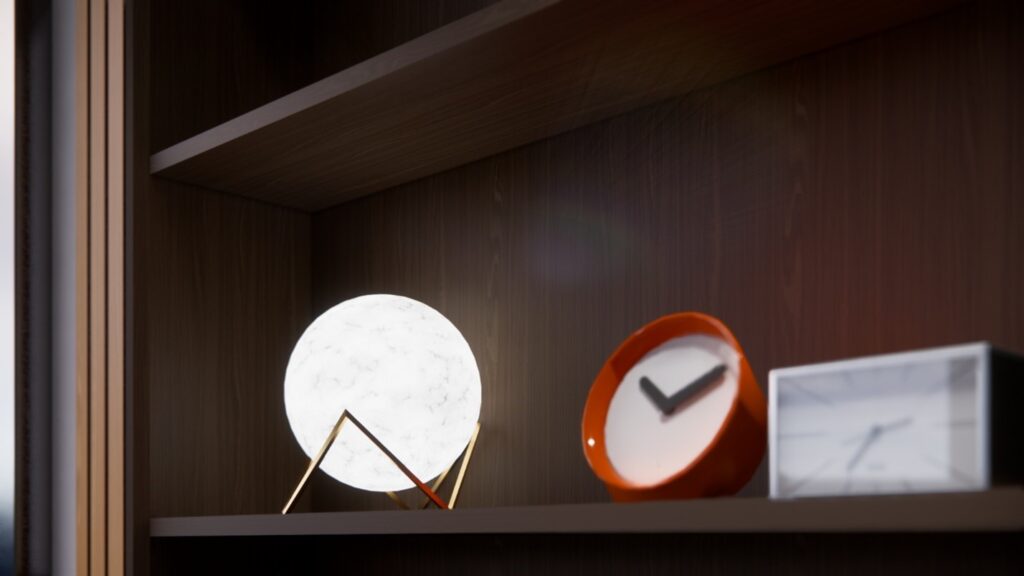
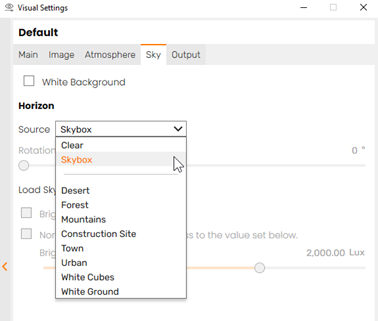
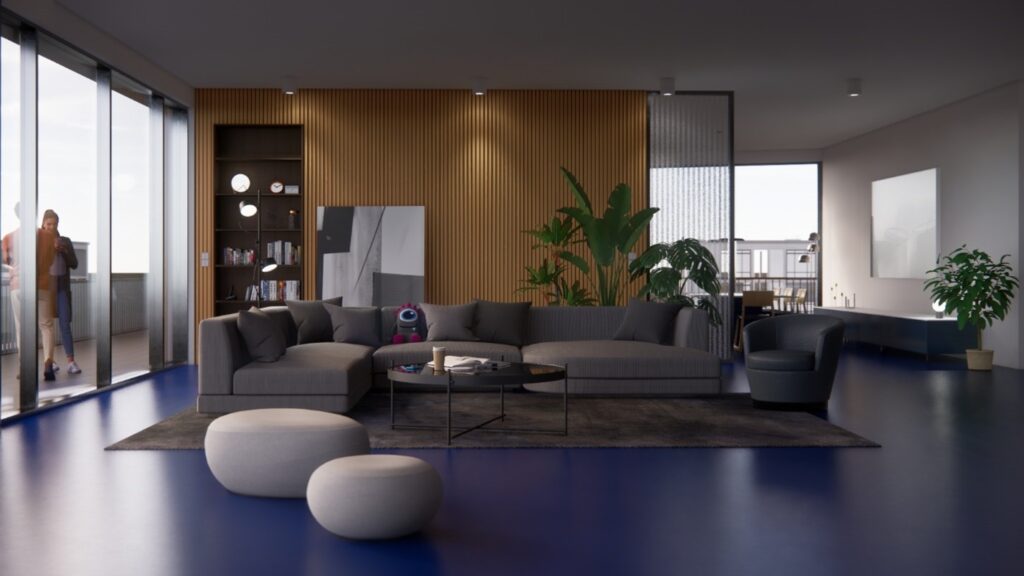
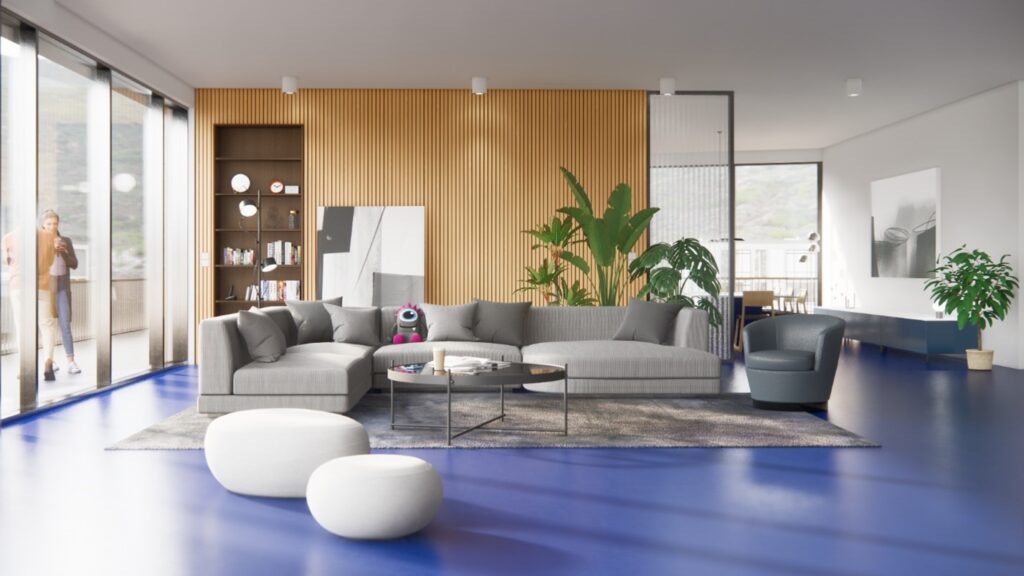
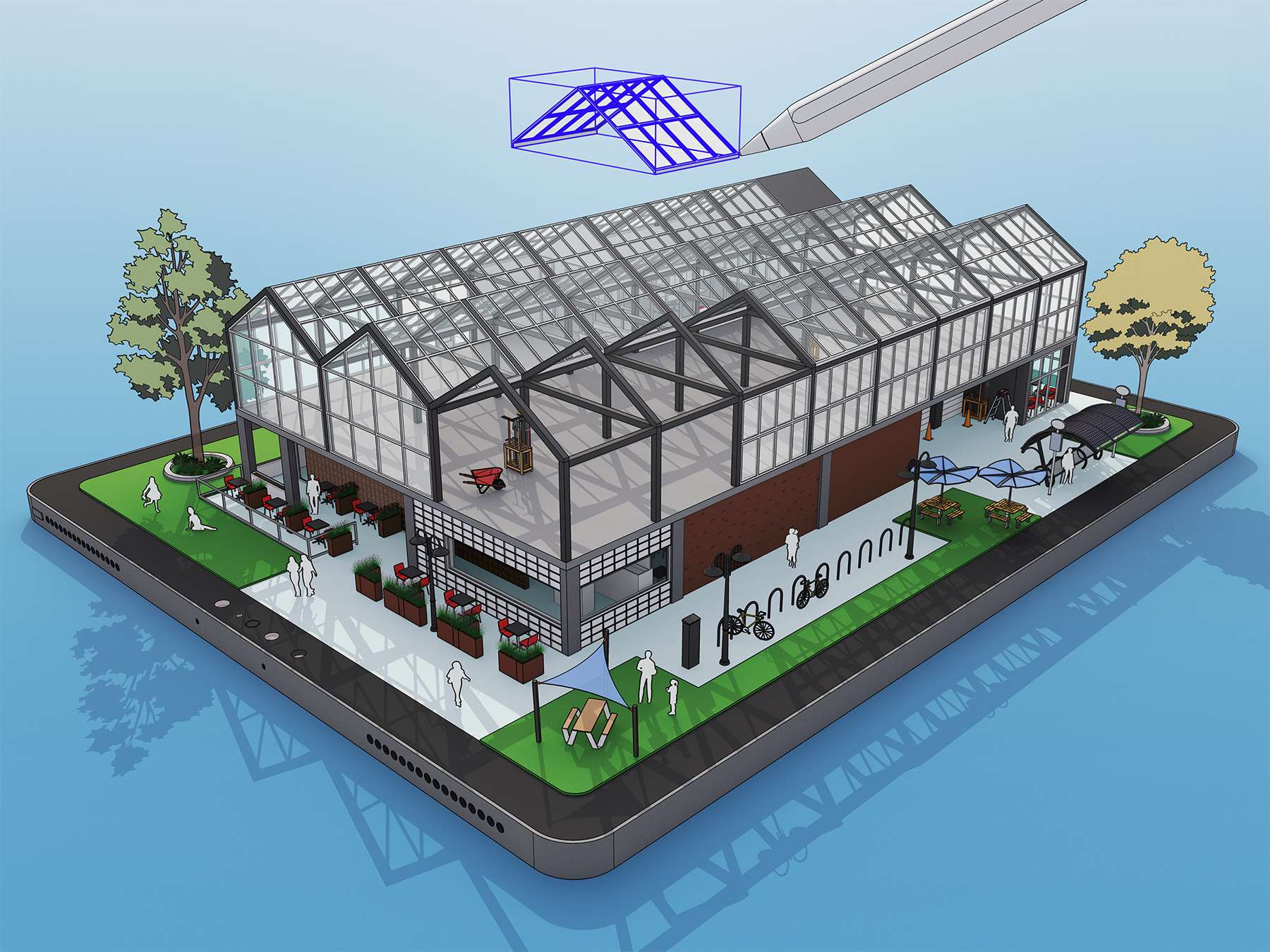


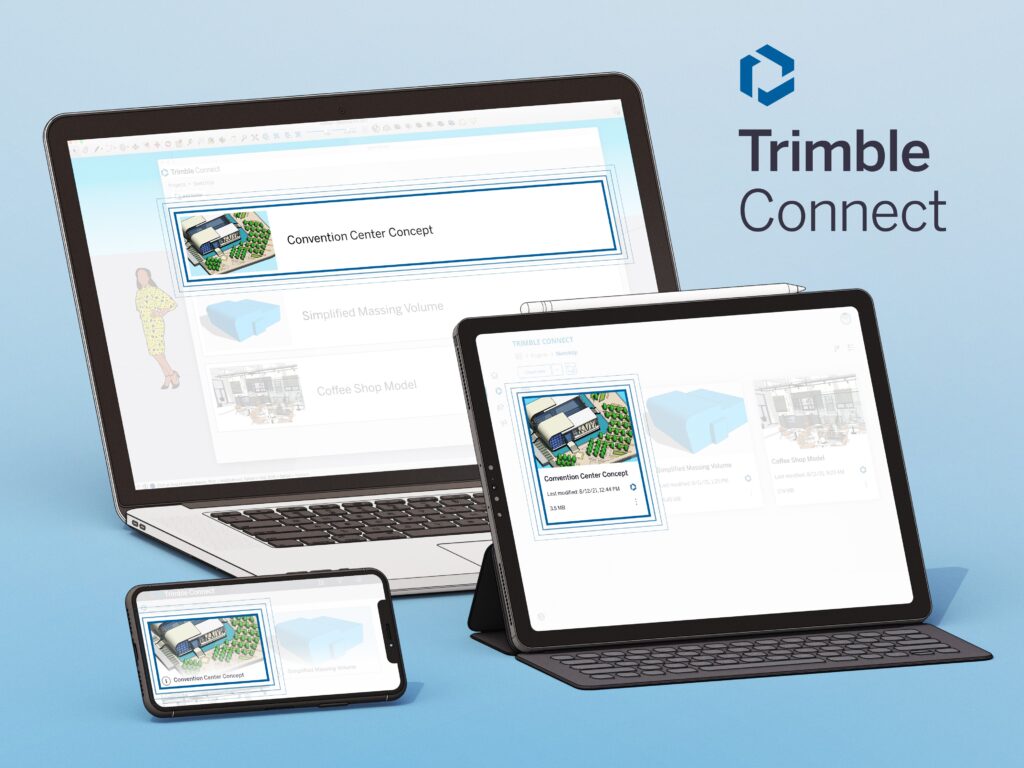
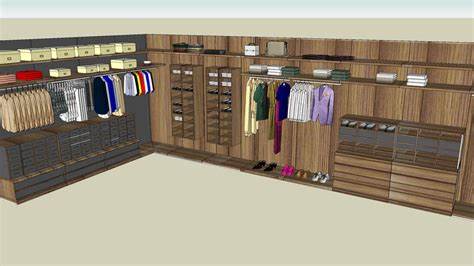
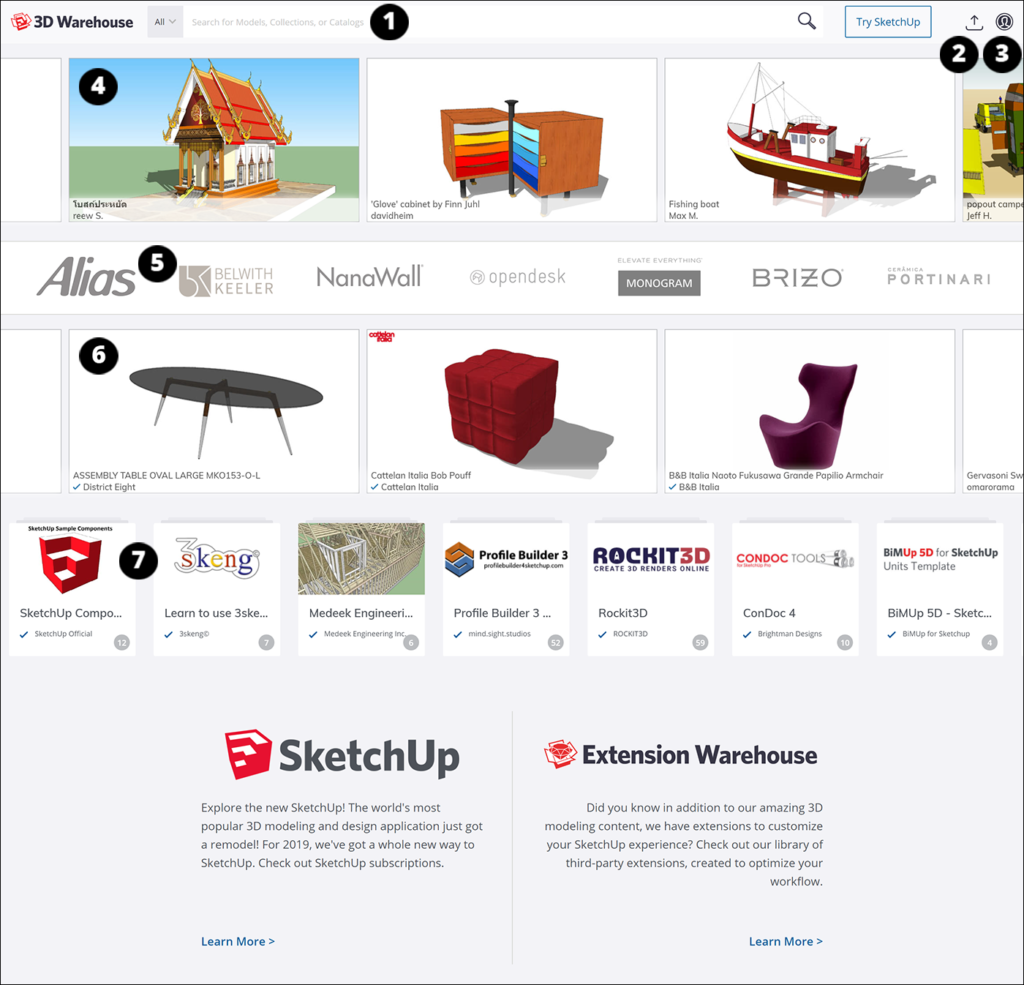
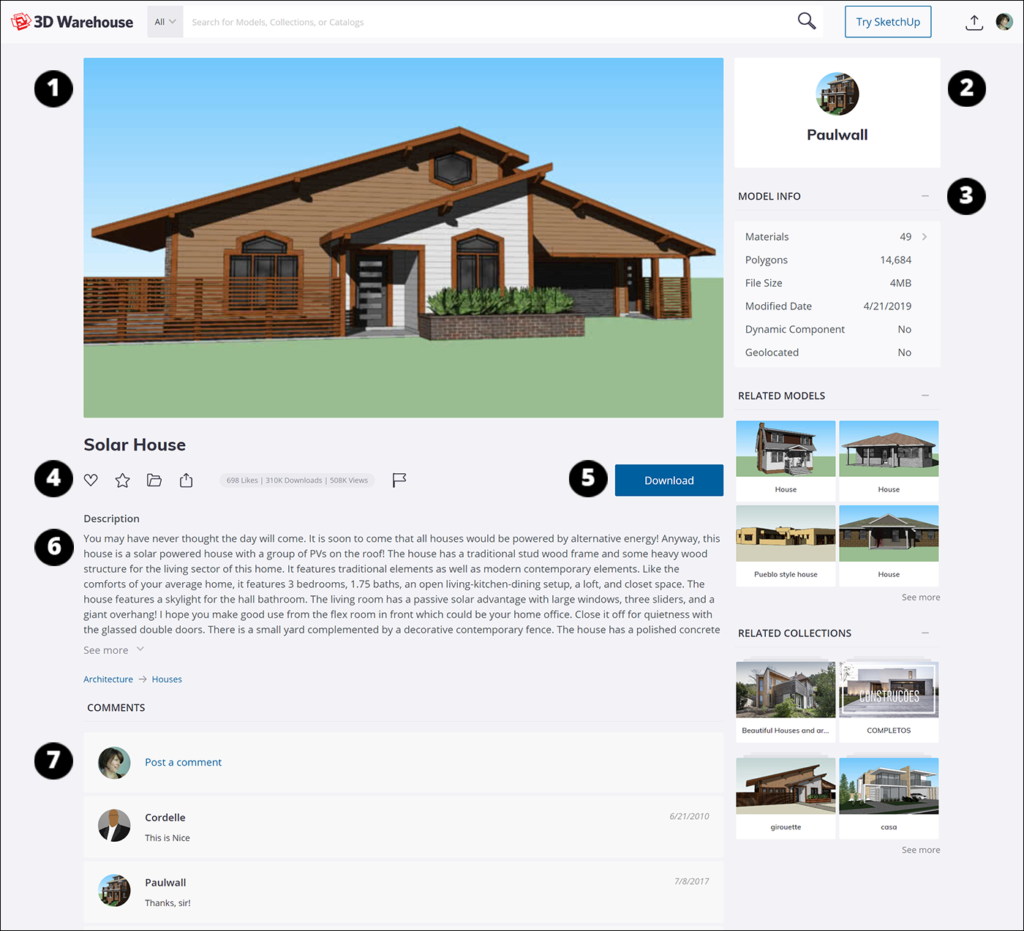
 ) to tell the model creator you like their model.
) to tell the model creator you like their model. ). To see the models in your Favorites folder, open your
). To see the models in your Favorites folder, open your  ) to add a model to an existing folder. Unlike collections, folders are private, so only you can view them.
) to add a model to an existing folder. Unlike collections, folders are private, so only you can view them. ) to add a model to an existing collection. Collections are public so you can share them with the 3D Warehouse community.
) to add a model to an existing collection. Collections are public so you can share them with the 3D Warehouse community. ) to open a window that contains a code snippet you can copy and paste to embed the model thumbnail image or 3D Viewer preview on a web page.
) to open a window that contains a code snippet you can copy and paste to embed the model thumbnail image or 3D Viewer preview on a web page. ). If you believe that your work has been copied in a way that constitutes copyright infringement, use this button to contact Trimble’s DMCA administrator. Clicking this button opens a form where you can clarify the problem you see with the model.
). If you believe that your work has been copied in a way that constitutes copyright infringement, use this button to contact Trimble’s DMCA administrator. Clicking this button opens a form where you can clarify the problem you see with the model.